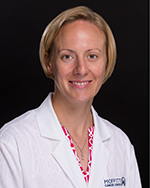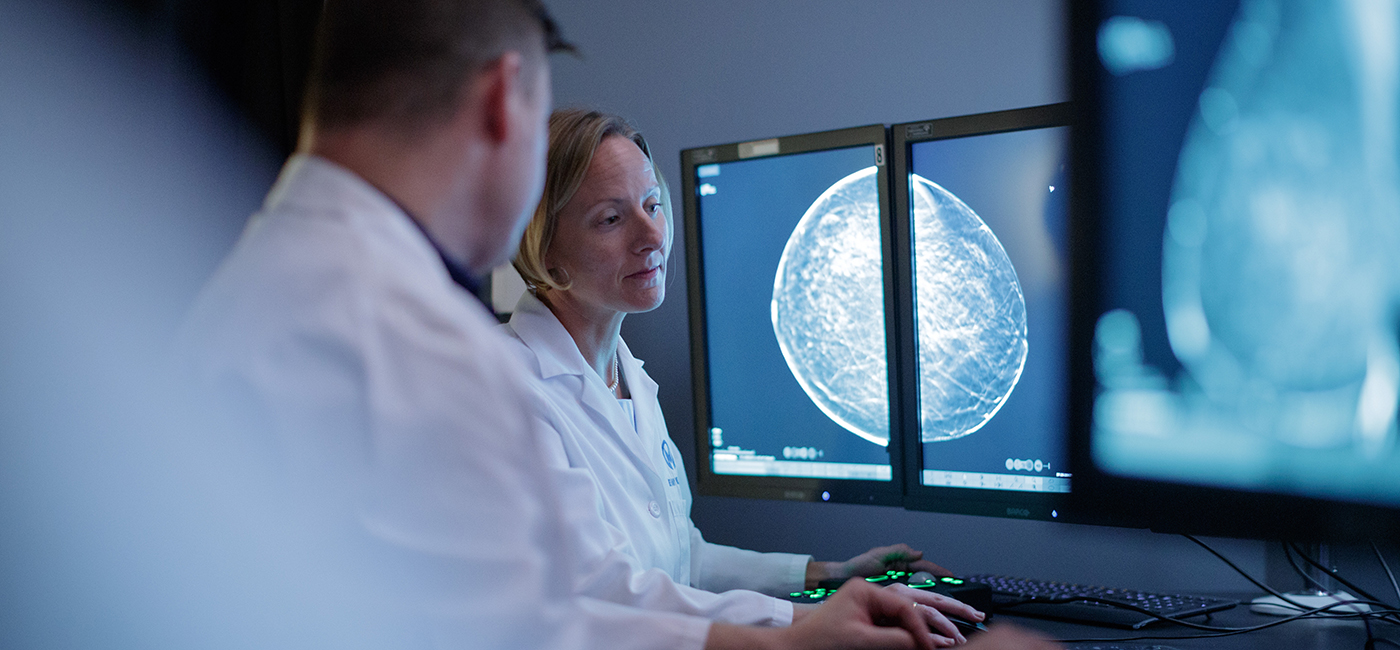Don’t Underestimate Breast Density as a Cancer Risk
Too many women discount the density of their breasts when considering their risk of breast cancer. That’s according to a new study published in JAMA Network Open.
The study surveyed women between the ages of 40 and 76 who had undergone mammography in the prior two years and who had no history of breast cancer. Of those women, 93% believed breast density was a lesser risk than others such as having a first-degree relative with breast cancer.
According to Dr. Kimberly Funaro, a breast radiologist in the Diagnostic Imaging and Interventional Radiology Program at Moffitt Cancer Center, there is not a simple answer as to why breast density is associated with an increased risk of breast cancer.

“Some theories include increased cellularity in dense breasts, which could lead to an increased risk of mutations or possibly an increased release of estrogen in dense tissue that leads to cancer development,” Funaro said.
Breast density refers to the way different types of breast tissue appear on a mammogram. Dense breasts typically have more glandular and fibrous connective tissue and less fatty tissue.
According to Dr. Bethany Niell, section chief of Breast Imaging, research shows there are better screening options for women with dense breasts.
“If you wish to identify the greatest number of breast cancers, breast MRI is best,” Niell said. “MRI exams find more breast cancers than mammograms, digital breast tomosynthesis or ultrasound.”

Niell added that it’s important to note MRI should not be done instead of mammography, but rather in addition to. Women who are at high risk should still get a mammogram or digital breast tomosynthesis every year. Those who are getting supplemental screening with MRI do not also need supplemental screening with ultrasound.
Women in the JAMA study were asked to compare the risk of breast density to five other breast cancer risk factors: having a first-degree relative with breast cancer, being overweight or obese, drinking more than one alcoholic beverage per day, never having children and having a prior breast biopsy.
The authors report that dense breast tissue is associated with a 1.2 to four times higher risk of breast cancer compared with a two times higher risk associated with having a first-degree relative with breast cancer. While most women in the study correctly noted that breast density may make mammography more difficult to read, only 10% of women who were interviewed in the study understood that breast density contributes to breast cancer risk.
“Women should recognize that breast density affects their risk and have a discussion with their doctor about this risk, as well as additional risk factors they may have,” Funaro said. “Both the American College of Radiology and Society of Breast Imaging encourage women in these age groups to maximize the lifesaving benefits of mammography by continuing annual screening if the patient is in reasonably good health and expected to live at least five to 10 more years.”
Despite laws requiring women be notified about breast density found on mammograms, women did not describe a strong understanding of this risk (vs family history); improved clinician communication is needed. @lbbeidler@CGunn_BU@nkressin@TABattagliaMD https://t.co/tse92I2Cki
— JAMA Network Open (@JAMANetworkOpen) January 23, 2023



